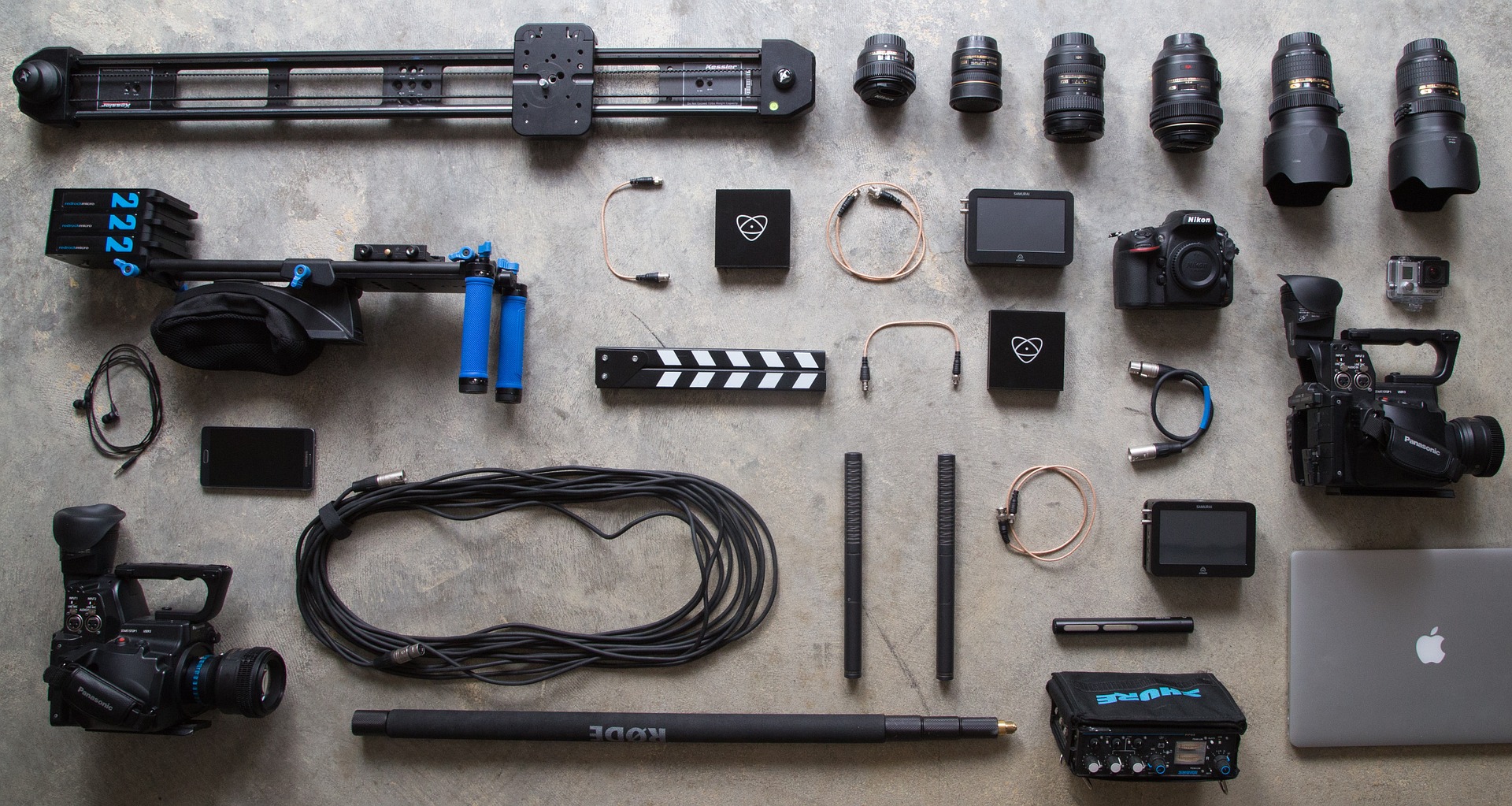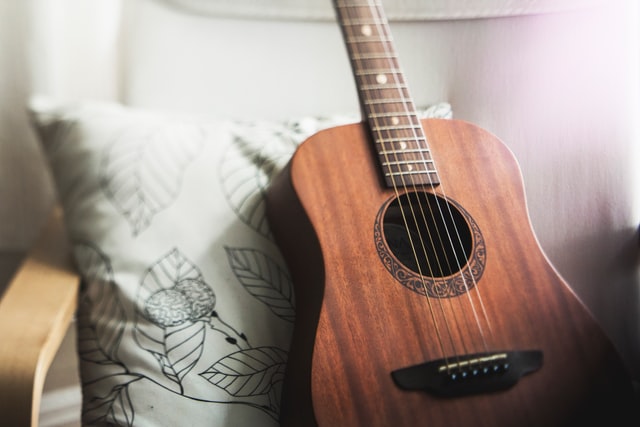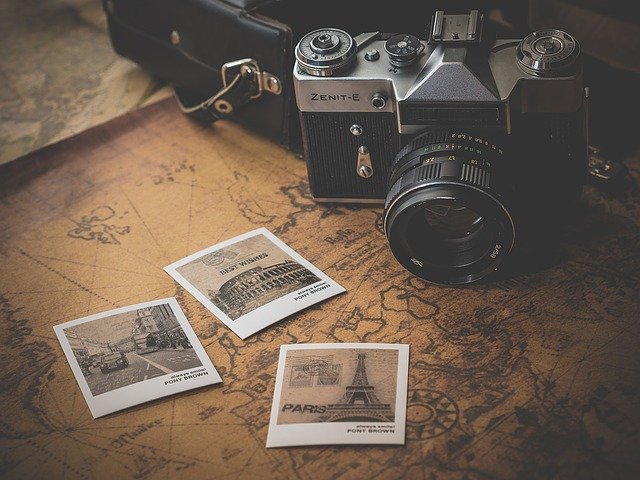A dark shadow behind your subject makes for an ugly-looking photo. Ask the question, How to prevent shadows in photography? and you get answers.
No matter what your skill level in photography is or what your budget is, tried-and-true techniques and equipment can help to eliminate shadows in pictures.
As for indoor photography in particular, knowing that direct, on-camera flash is too often the problems leads to solutions. One is not to use a flash at all (below you’ll learn settings for indoor photography without flash). Another is to learn to use it effectively.
How to Prevent Shadows on Backdrops
I’ve decided to include a video by Spyros Heniadis for some visual representation of this topic:
==> If you’d like to SUBSCRIBE to my YouTube channel, click here!
Photos Free of Shadows Without Using a Flash
-
Raise the ISO
One setting to try for indoor photography without flash is upping the ISO. Selecting ISO 800 over ISO 400 means that your camera will be two times more sensitive to light. Be aware that higher ISOs can introduce noise, a state of color imperfections and visible pixels that are too bright, too dark or discolored.
When pronounced, noise mars the appearance of a photo. Since some noise is caused by problems with a digital camera’s sensor and its internal electronics, camera makes and models differ in how well they keep the level of noise down.
-
Open Up the Aperture
The lower the number that describes your lens opening, the more light reaches your DSLR. So, if the Autosetting does not give you the picture you want, try Aperture Priority mode to select another number for your lens opening. F4.0, for instance, allows more light to enter your camera than f5.6, and f2.8 allows more light than f4.0.
-
Use a Slower Shutter Speed
A slower shutter speed also lets more light reach your camera. How slow a speed you need depends on the lighting conditions. Settings of 1/30th and 1/60th of a second are considered slow. If you think you know what the shutter speed should be, go to Shutter Priority mode to set it. Your camera will choose the aperture and ISO.
(Let us know in the comments if you suggest particular indoor flash photography camera settings. Or what are the best camera settings for indoor photography with no flash, in your opinion.)
-
Use a Tripod
Unless your gear has a good image stabilization system, you will have to put it on a tripod to prevent less-than-sharp images when using slower shutter speeds. However, some photographers have mastered how to hold a camera, and they are able to take sharp photos at approximately 1/30th of a second.
-
Use Exposure Compensation or Manual Mode
The Exposure Compensation buttons allow you to increase (or decrease) exposure simply by pressing the appropriate button. Manual mode is for photographers who have a good understanding of how to avoid shadows in photos by using aperture, ISO and shutter speed together.
-
Let the Natural Light In
Employ natural light coming through an open door or a window. If using the latter, a window that faces north produces softer light than one facing east or west. Make sure that direct sunlight is not coming through the window because you want diffused light.
-
Add a Bulb
Use a lamp for soft-white bulb. Remove the shade. Place the lamp in front of and to the side of the person or object you are photographing, and keep it a few inches higher than the head.
-
Don’t Forget White Balance
When taking images in the JPEG format, don’t forget to set the white balance. This will lessen color cast, and it will help you to reproduce truer colors of your subject.
Instead of using Auto White Balance, select the specific light source that you are shooting under. This could be tungsten, incandescent, fluorescent, daylight or another light source.
How to Avoid Shadows When Taking Photos With a Flash

So, now let’s talk about flash photography settings indoors. Many flash photos have harsh-looking shadows because the flash is directly above the camera lens and the flash light falls in such a way as to highlight them.
-
Move Your Subject
Ask subjects to move further away from the wall if you see shadows in your first pic. Have them step forward several steps to see how that works.
-
Bounce the Flash
A large light source produces fewer shadows than a small one. Bouncing the light from your flash off a white wall or ceiling is how to avoid such problem in photos. (Remember that if the surface is not white, its color will be reflected in your image.)
A built-in flash is not suitable for bounce photography. Avoiding shadows in indoor photography with this technique requires a flash with a head that swivels and tilts. Name brand manufacturers make flashes of this type, but you can also buy ones made by a third party at a lower price.
Ifyou are lucky enough to be shooting in a small room with a white wall, just tilt your flash upward toward the ceiling. An even better solution if shooting a portrait is to aim your flash at the side wall in the same direction your subject’s nose is pointing.
When a room is large or if it has a high ceilings, bounce your flash off a reflector. The reflector can be a piece of white poster board or foam board. You can also buy a modestly priced set of multi-colored reflectors from many photo stores.
Have someone hold the reflector for you. With no assistant, use the reflector stand you purchased by attaching the reflector to it to use it as a substitute wall or ceiling.
-
Move Your Flash
Another advantage of an auxiliary flash is that with it you can try another technique for how to take photos without shadows that might work. Just hold your flash in your free hand as you shoot your image.
-
Diffuse the Light
Another suggestion to avoid shadows when taking pictures is to use a diffusion dome. A plastic cover that fits snugly over the head of a flash, it spreads and softens its light. For even better diffusion, a soft box can do the trick. Shaped more or less like a box, a translucent material covers it.
-
Dial Down the Power of Your Flash
With TTL (through-the-lens) flashes, you can dial down the power of your flash. Use this power-cutting advantage in combination with natural light coming from a window to eliminate shadows in pictures.
-
Use a Flash Bracket
This one is not exactly for beginners.
A more advanced (and expensive) technique requires the use of a flash bracket. The flash and the camera attach to the bracket and a TTL-sync cord or a wireless radio transmitter communicates with the flash to let it know when to fire.
A flash bracket permits you to use your DSLR in a vertical or horizontal position with the flash always on top.
Positioned this way, your flash is high above the lens, and this placement is how to take photos without shadows because it falls behind your subject. Some photographers who shoot a lot of weddings and events always have this piece of equipment with them.
Preventing shadows in photography is a worthy goal for getting the best images. The solutions for how to get rid of them when taking photos are many.
Now, I’d like to hear from YOU:
- What are your tips on how to eliminate shadows in (portrait) photography?
- What are your best camera settings for indoor photography without flash (or with it)?



